Getting back from Europe last week, I started reading a book titled Better Living through Criticism: How to Think about Art, Pleasure, Beauty, and Truth by the New York Times critic A. O. Scott. I know that his opinions about movies/art/culture often jibe with mine, and I loved the lunch-room conversations — videotaped and posted under the title “Sweet Spot” on the NYTimes website and on YouTube — he had with the late David Carr. So I’m interested in what he has to say about these four slippery-fish abstractions: Art? Pleasure? Beauty? Truth (the slipperiest and fishiest of the four)?
I thought a lot about the first three categories when I was in Europe. Can you be in three of Europe’s great cities – Paris, Rome, Barcelona – without thinking of them? The first two – art and beauty – are everywhere outside you, and the third – pleasure – fills you up inside to the point you can barely sleep. And since I was traveling with my husband, our married daughter, her husband, our grandson, both of our grown sons and one of their girlfriends – eight of us on the Grand Tour! – I got to see what moved them and what they thought was beautiful, too, so my pleasure multiplied. I think we all agreed there was beauty everywhere we looked.
THERE WAS BEAUTY IN THE MUSEUMS…
THERE WAS BEAUTY IN THE SHOPS…
THERE WAS BEAUTY IN THE STREETS…
THERE WAS BEAUTY UNDER OUR FEET AS WE WALKED, AND IN THE SKY ABOVE, AND IN THE SMALLEST PLACES AND SPACES, AND IN THE LARGEST VIEWS….
When beauty is underfoot, overhead, in front of you, behind you, all around you, you feel it, don’t you? I’m not sure I understand the “why” behind my feelings – maybe while I travel, the feeling is all I need. Now that I’m home, I have a good book to read which might help me learn “how to think” about those feelings, about why something appeals to me — why a particular Etruscan vase or Roman lamppost or Paris thistle or Barcelona chocolate shop makes me stop my wanderings long enough to snap a photo — when a host of things I walk right past might appeal to other people. Is there any accounting for taste? Is “beauty” always a subjective quality, or is there some universal standard? As a writer, I learned to question “beauty” because it can be too easy, too pleasant. I like the idea of “wabi-sabi,” the imperfection that makes for perfection. It will be interesting to see where A.O. Scott takes me. I think “Truth” might be a hard nut to crack. But Art, Beauty, Pleasure…I’m ready to think about them. Meanwhile, I’ll leave you with a little something of Scott’s that I marked with a star. It involves a question that I think writers should ask themselves:
“[Criticism] has always been part of the landscape…arising from our desire — nearly as strong as the urge toward pleasure itself — to think about, recapture, and communicate our delights, to make them less solitary, less ephemeral. The origin of criticism lies in an innocent, heartfelt kind of question, one that is far from simple and that carries enormous risk: Did you feel that? Was it good for you? Tell the truth.”
Aha. Truth.

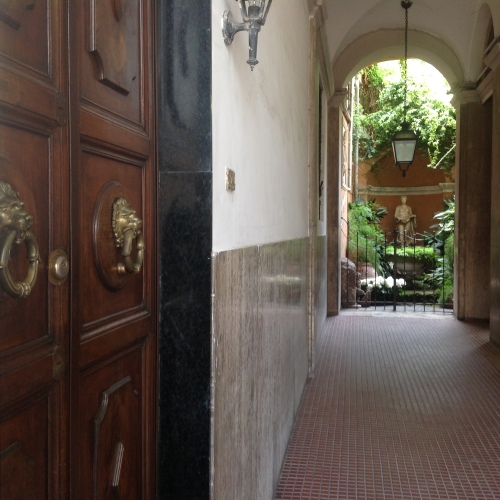
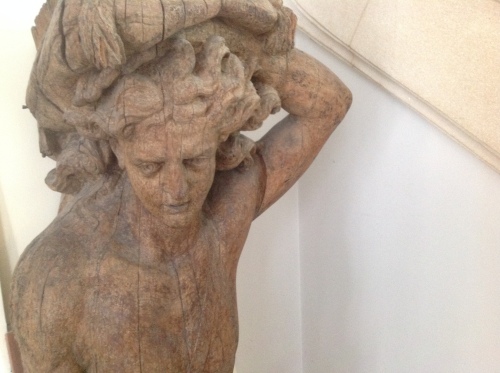
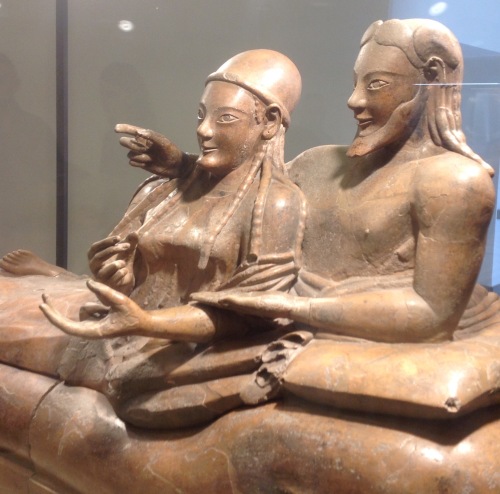

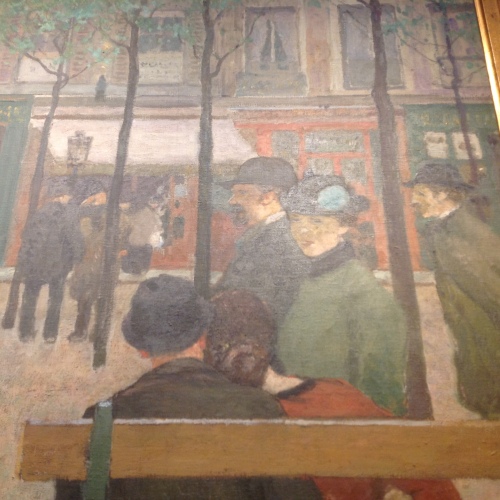
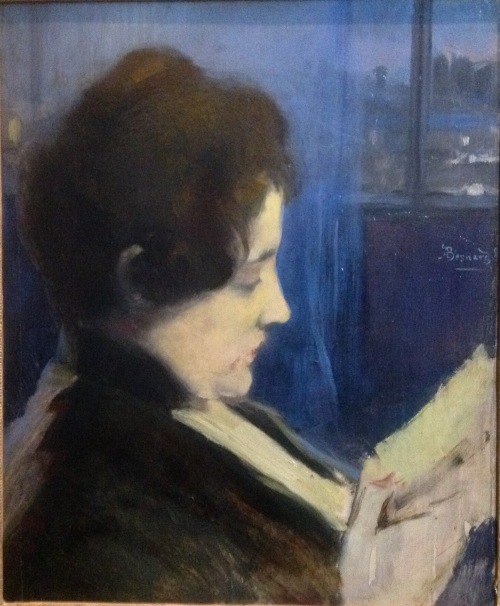
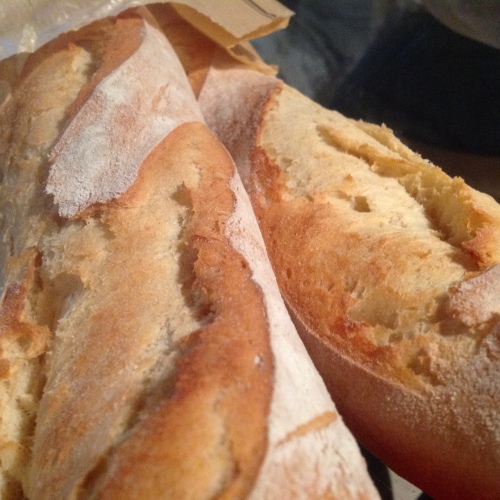

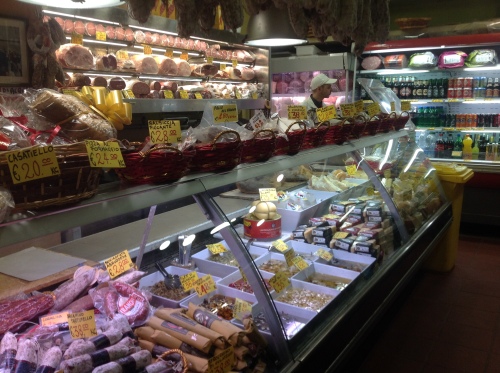

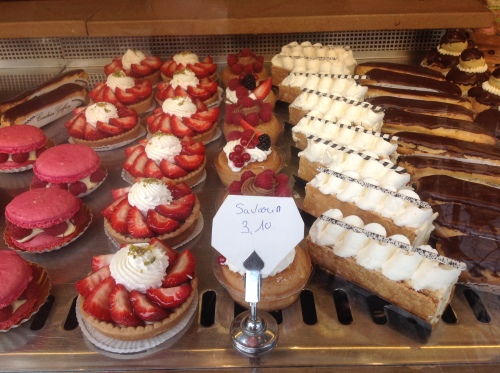

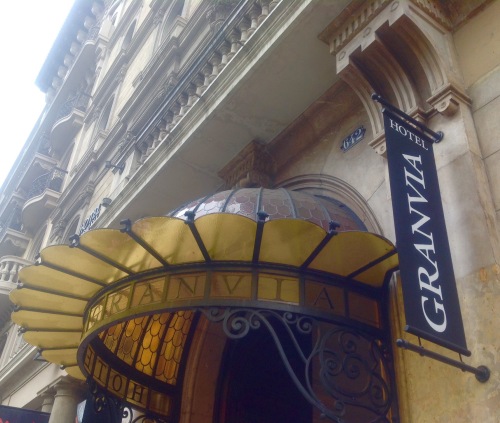


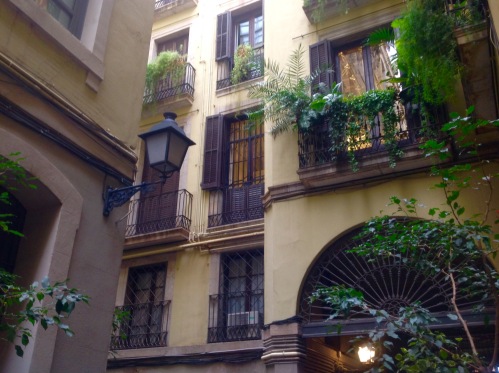
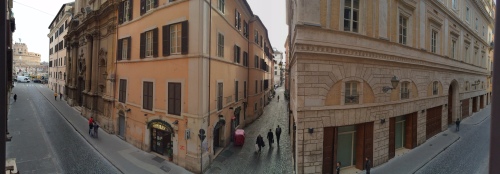

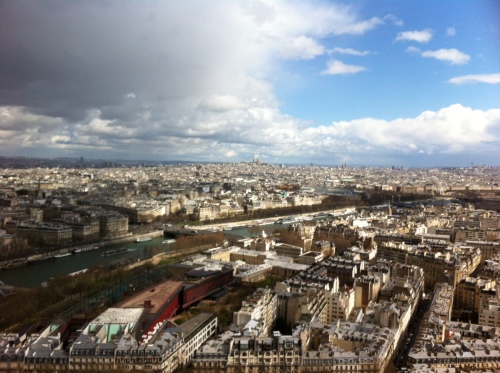
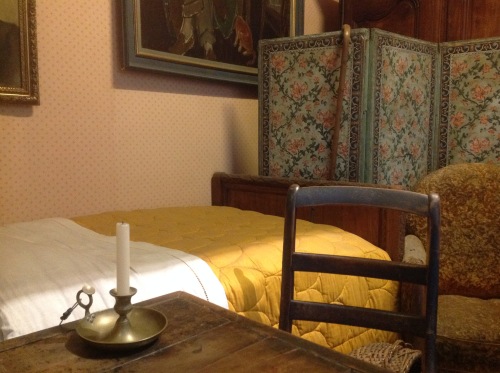


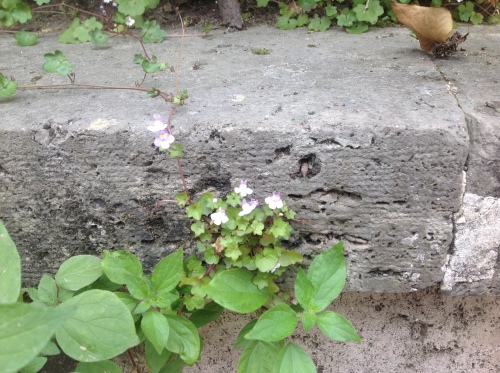



These pictures make me hungry for more than food. So much gorgeousness.
I enjoyed, “took pleasure in”, the photos shared on FB, am glad you had a great trip with your family. When I read the quote at the end, I felt that he wrote more about reflection rather than criticism, at least from the questions he asked. Thanks for the contemplation, Julie, will note the book.
I agree, Linda – Scott uses the word “criticism” but he uses it in the way we might use “contemplation,” that is, as a means to understand our personal responses to art. I suppose that since his job has been to articulate and share his own responses in print, then the word he chooses (“criticism”) is more public than private. I think most people hear “criticism” and think of it as negative, when all Scott means (as far as I can tell so far) is review and reflection. The biggest difference, of course, is that Scott intends to share his reflections, and so he needs to share them in a way that asks a reader “Have I told you about this in a way that makes you feel (understand) what I felt?”
Thank you for sharing your stunning photos. I love those butterflies! I’d heard about Scott’s book, and know you’ve got me curious about it.
Those butterflies were made from a jacket belonging to King Louis XVI who was guillotined, along with his wife Marie Antoinette, during the French Revolution! So the butterflies are half beautiful, half cautionary (and unnerving), in a way.
How did you manage to come home after all those glorious sights?
Oh, Diane, I was so happy to come home. My limit seems to be about three weeks of travel – after that, I’m dying to see my own garden, cook in my own kitchen, sleep in my own bed!
Stunning photos! I can see how that beauty would fill you with pleasure. Those thistles remind me of a bouquet I bought that made the cashier go “?” — she didn’t really get why someone would want to look at thistles.
You raise interesting questions!
what a pleasure to see what caught your eye those days through Europe. thanks!
Thank you for your ending threesome.
Wonderful to see a bit of those wonderful cities through your eyes, Julie! I look forward to hearing more about your travels when I am back in Seattle!
Right back at you, Margaret. Your London-and-everywhere adventures have been so exciting to read about! We’re all looking forward to hearing more from you around the real table!
Pingback: Sunday Cryptoquote Spoiler – 05/22/16 | Unclerave's Wordy Weblog